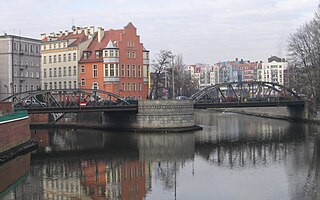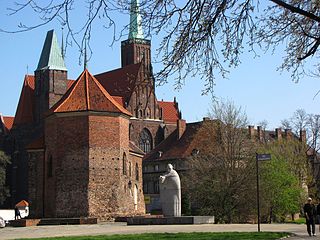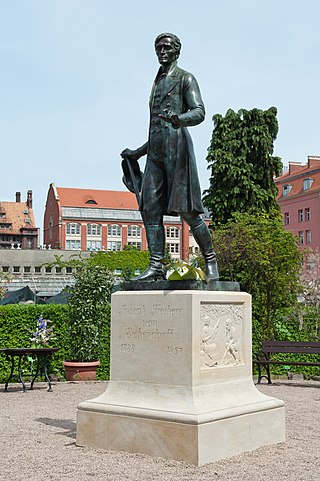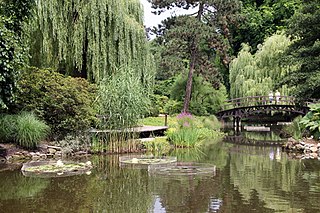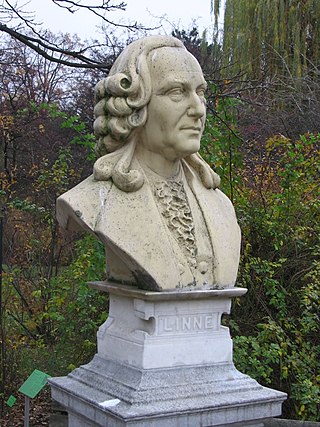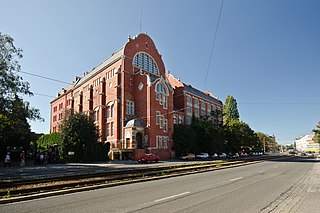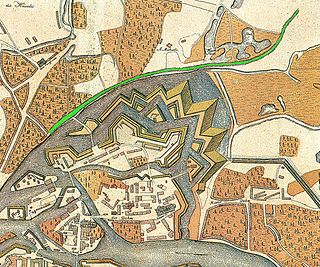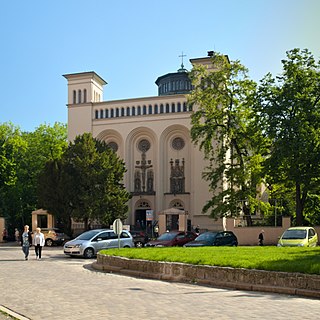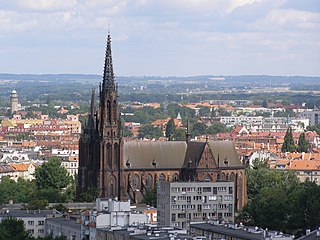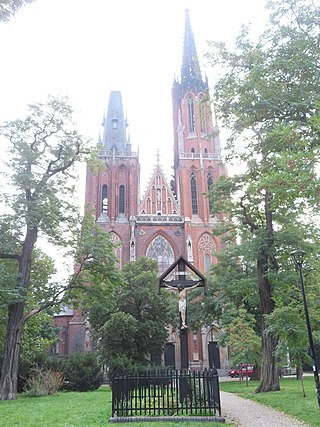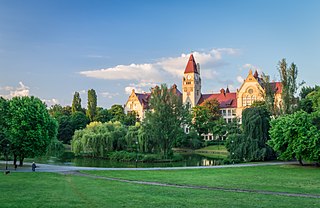Self-guided Sightseeing Tour #7 in Wrocław, Poland
Legend
Tour Facts
3.5 km
34 m
Experience Wrocław in Poland in a whole new way with our free self-guided sightseeing tour. This site not only offers you practical information and insider tips, but also a rich variety of activities and sights you shouldn't miss. Whether you love art and culture, want to explore historical sites or simply want to experience the vibrant atmosphere of a lively city - you'll find everything you need for your personal adventure here.
Individual Sights in WrocławSight 1: Most Młyński Południowy
The Mill Bridges in Wrocław – a complex of two bridges over the branches of the Northern Oder. Bridges connect Sand Island with Mill Island and Mill Island with the right bank of the river. Before 1945, they were collectively called Gneisenau Brücke.
Sight 2: ruiny prawobrzeżnego zamku Piastów Śląskich
The Castle on Ostrów Tumski in Wrocław – the former residence of the Wrocław castellans, and later the Piast district princes on the western edge of Ostrów Tumski. From the brick castle from the 12th and 13th centuries, which was built in the place of a hillfort existing since the 10th century, only the heavily distorted church of St. Martin and a few fragments within other buildings or under ground level have survived. The former castle occupied the area on both sides of the present-day St. Martin's Street between the Oder River, Świętokrzyska Street and the buildings of St. Martin's Street 10 and 12.
Sight 3: Joseph von Eichendorff
The Joseph von Eichendorff Monument in Wrocław is a reconstructed monument to the German poet Joseph von Eichendorff located in the Botanical Garden in Wrocław.
Wikipedia: Pomnik Josepha von Eichendorffa we Wrocławiu (PL)
Sight 4: Botanical Garden
The Botanical Garden of the University of Wrocław is a botanical garden in Wrocław founded in 1811 in the area of Ostrów Tumski. The garden was established for medical students at the local university. During the Napoleonic Wars, the garden was damaged after the city fortifications were destroyed. Part of the garden featured a branch off the Odra river and was filled in during the conflict, but has since been restored as a large lily pond. It is the second oldest garden of this type in Poland, after the garden in Kraków. In 1974 it was listed as a protected monument in Lower Silesia, since 1994 it was included in the protected historical city center.
Wikipedia: University of Wrocław Botanical Garden (EN), Website, Url
Sight 5: Karol Linneusz
Monument to Carl Linnaeus in Wrocław – a monument commemorating the person of Carl Linnaeus. Its author was Albert Rachner. It was built in 1871 and unveiled on 23 May 1871. The founder of the monument in 1870 was Moritz Wesel. The monument has the form of a realistic and detailed bust placed on a pedestal – a high pedestal with classicist forms. In relation to this type of monuments, the term "portrait monument" is used.
Sight 6: Museum of Natural History
The Museum of Natural History, University of Wrocław is a large natural history museum at the University of Wrocław, in Wrocław, Poland.
Wikipedia: Museum of Natural History, University of Wrocław (EN)
Sight 7: skwer Skaczącej Gwiazdy
Square of the Jumping Star (Springstern) - a square located in Wrocław within the Ołbin estate, which is the area of the urban green space, whose name was given by the resolution of the City Council of Wrocław of November 4, 2010, and applies from December 15, 2010. This name comes from From the historically located in this area of the former city walls - a street located here on Szańce, is a toponic trace of former city fortifications erected in 1771–1782 on the order of the Prussian king Fryderyk II. The very term "jumping star" is derived from the same name (Springstern) of the Bastion syndrome constituting the north-eastern fortifications of eighteenth-century Wrocław located in this area. The name Springstern comes from the layout of this fortification team. These fortifications were demolished in 1807 after the capture of the city by the French army on their order. One of the then arms of the Odra River, which was overwhelmed at the same time, went this way.
Sight 8: Głaz Galla Anonima
The Boulder of Gallus Anonymous – a monument erected in Wrocław on the premises of the First High School, the former monument of the Friesen Corps.
Sight 9: Kościół Opieki Świętego Józefa
The Church of the Protection of St. Joseph in Wrocław – a classicist-neo-Romanesque church designed by architect Carl Ferdinand Langhans, built in the years 1821–1823, located in Wrocław at 1 Ołbińska Street at the intersection with Jedności Narodowej Street.
Sight 10: Kościół pw. Świętego Michała Archanioła
The Church of St. Michael the Archangel in Wrocław-Ołbin – a neo-Gothic building located at the intersection of Bolesława Prusa and Wyszyńskiego streets in Wrocław, in the Ołbin housing estate.
Sight 11: park Świętej Edyty Stein
St. Edith Stein Park – a city park located in Wrocław, in the area of the following streets: Nowowiejska, Cardinal Stefan Wyszyński, Bolesława Prusa and Blessed Edith Stein. By virtue of the Resolution of the City Council of Wrocław of 17 March 2011 (No. VIII/98/11), it was separated from the Stanisław Tołpa Park. Its current patron is St. Teresa Benedicta of the Cross.
Sight 12: Park Stanisława Tołpy
Stanisław Tołpa Park – a city park located in Wrocław, in the area of the following streets: Nowowiejska, Cardinala Stefana Wyszyńskiego and Bolesława Prusa. The name of the park, commemorating Stanisław Tołpa, was given in 2005.
Share
How likely are you to recommend us?
Disclaimer Please be aware of your surroundings and do not enter private property. We are not liable for any damages that occur during the tours.
GPX-Download For navigation apps and GPS devices you can download the tour as a GPX file.
